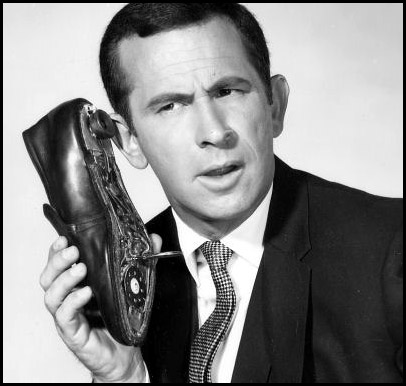Here is where democracy meets the feet.
Most everyone who can walk can run. It’s that easy. And, I argue, if you can run, you can finish a marathon. The key to getting started – be it simply taking up the sport or preparing for a long distance race – is pace.
You have to learn to listen to what your body tells you. Indeed, you’ll benefit more from running and enjoy yourself more if you try to do less than what you’re capable of doing. Sure you can push yourself to the limit, but there will be a time for that, believe me. As you’re getting acclimated to locomoting around under your own power, just remember to take it easy at first. The same is true with preparing for a marathon. If you just started running for the first time ever, Stop. You should walk. Condition yourself to walk a few minutes a day. Gradually extending each walk. Eventually cabin fever will create the urge to move faster. Still, take it easy. You should mix up your outings. Jog, walk, jog, walk….
To determine if your pace is right, you should be able to talk comfortably while running. If out of breath or feeling fatigued, take a breather.
When I first started jogging breathlessly, it began as walking. Washington, DC, enjoys the beautiful, peaceful, lengthy National Mall. The Nation’s Capital is blessed with beautiful, interesting scenery, interesting people to watch, comfortable weather and hundreds of miles of jogging, walking and bike paths. DC is quite the walkable town, which is why this form of exercise is how I began my illustrious running career.
Anyway, I got started because I worked for the federal government. I needed a whole weekend to clear my head. Each Saturday and Sunday morning, I walked from my Capitol Hill basement rat hole to the National Mall and simply strolled. I was a strolling fool. Eventually I ran to the mall, walked around it once or twice, depending on my deep thoughts and head clearing, and ran back home.
Soon I became a rambling man. I had to finish the running job. I had no intention of taking up running. I still did not like running at the time. I was passionate about walking and thinking. But, my beer and pizza passion was imposing itself on the walking. I needed exercise. That’s what led me to build my capacity for running. Even when I ran to the Mall and back with no walking, I was not crazy about running. And boy was it ugly. I ran like a giraffe lumbering along with my head and neck heaving back and forth.
And again, the main reason I stuck with running was not because of my passion, but my passion. I couldn’t afford a health club, and running was the cheapest way for me to lose weight.
You will discover as I did, the more you run, the better you feel. The more energetic you become. The feelings I had during and after runs were incredible. I still don’t know if I’ve ever experienced a “runner’s high” - at least not by jogging – but the sensation I felt from breathing deeply, sweating profusely, and muscles pumping was unlike most any other sensation I’ve ever felt. That’s how I became addicted. I was an endorphin junkie, and each jog was like scoring a fix on the come-back. I had to get some more.
Endorphins are little smiley faces naturally produced by the pituitary gland. Your body releases them as a reaction to intense exercise, pain and l’amor (you know what I’m talking about. Heh).
Endorphins are attributed to the so-called “runner’s high.” I don’t disagree with this concept; however, I’m still not convinced that I’ve been “high” while running. On the other hand on good runs (I hate the way that sounds, “runs”) when my muscles are pumping hard and strong, the sensation is very pleasant. However, I prefer to liken it to the relaxing warmth of a hot tub or massage. Maybe I disagree with the term “high.” I just get the image of glassy-eyed , moon-faced runners floating along making cooing, baby noises. Look, I do that sometimes, but is has nothing to do with running.
The point of this long exposition is this: get started and proceed at a comfortable pace. But do get started. Now that I run, it is religion for me. It annoys me to miss my regular four miles. I pout and ache. Running is my main form of exercise still because I do not like gyms, but primarily because I love it so (sniff).



